The Frugal Homemaker - Preserving Food - Organic Produce Year Round
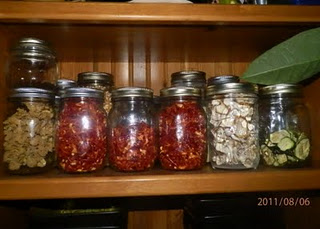
Preserving Food Part 1
A few years ago I decided I had enough with power outrages and the havoc it caused with my stash of frozen foods. There are many ways to save money in the kitchen, moving away from store bought prepared foods and making your own from as close to scratch, is usually the most economical way to prepare meals. I prepare meals for 10 children and two adults, so being somewhat frugal is essential. With some planning you can put up organic and/or fresh produce for a later time. Being frugal doesn’t mean you have to buy lower quality food, it's all about timing and harvesting the bounty when its readily available for storage. Living in Ontario Canada, winter brings with it a magical blanket of white snow that turns life upside down, in my opinion in wonderful ways. Settling in beside the cook woodstove, always having hot tea water ready, a place to warm yourself after tobogganing or making snowfolks. Winter also brings with it the end of the outdoor growing season. Gardens are put away and planning for the next season is done through the cold winter months.
Drying foods is an inexpensive, fast way to preserve and store food. Over the years I have owned a few different dehydrators. They worked, and for the most part did they job they claimed to do. My problem has always been most of the retail dehydrators are small and don't have the features I would like such as a timer and more temperature settings. There are several good dehydrators out there, the one I choose is a LEM Stainless Steel 10 Tray Dehydrator. I don't use plastic in my home as a rule, and didn't want to be preserving the food we eat in a plastic unit, even though the temperature are relatively low, food spends a long time in a dehydrator.
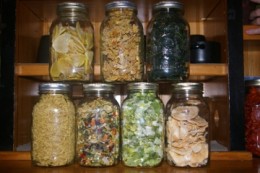
CSA
Here are a few ways to find Organic foods for preserving. Finding food as close to home should be a priority. Food is fresher if it's grown close to home because it doesn’t have to travel far to get to your local grocery store. Supporting the farmer close to your home keeps them in business and helps ensure the future of farming.
My biggest suggestion is to find a local organic farm that offers CSA shares!
We found a wonderful organic farm that has been offering CSA share for a while now. As a member this summer we received a share of organic produce weekly for 20 weeks starting in mid June until the end of October. We are also getting a winter CSA share which will include the following:
1) stored vegetables such as potatoes, beets, celeriac, carrots, onions, garlic,
2) Fresh vegetables until the new year; salad greens, brussel's sprouts, lettuce, kale, leeks, celery,
3) Canned tomatoes, frozen pesto,
4) Fresh frozen vegetables such as; beans, carrots, corn, zucchini,
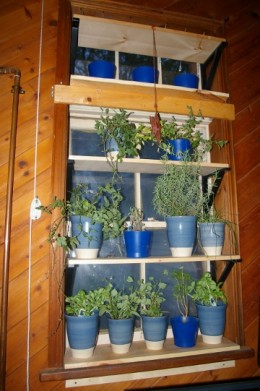
Watch your local grocery store for a pattern of reduction in their produce. We can always count on our grocvery store to have organic banana's for the the same pice or lower than non-organic bananas. You might have to compromise from time to time, the growing season for strawberries is relatively short and if you miss the window for picking your own to make jam, don't shy away from bulk frozen berries at your local Costco or similar store. Making jam from frozen berries is usually less expensive than buying ready make jams from your local grocery store. Grow as much of your own fresh produce as you can. I've seen some amazing postage size gardens in downtown Toronto that produced amazing quantities of vegetables and fruit. Vertical gardening works best for people who have very limited space or apartment dwellers with balconies. Some foods can be grown indoors if you have indoor space . For the most part these pants would be herbs, and if you have a sunny location it's not impossible to grow a tomato plant and some beans. Experiment with your space and see what grows in your home. I have a South facing window that hold herbs for winter cooking, and a top row reserved for wheatgrass.
One of the most important things to do when preserving is committing to dealing with your fresh foods as they come into your home. The best time to dehydrate vegetables and fruit is when they are at their freshest, small batches are fine. We pick up our CSA share once a week, I take the time to clean and cut them into appropriate size pieces and put them into the dehydrator, set the time and go about my day, before I head off to bed I put the dried veggies into mason jars.
Slicing can be done by hand or using a mandolin slicer, if you have a Kitchen Aid mixer with attachments or food processor you can process them using those appliances.
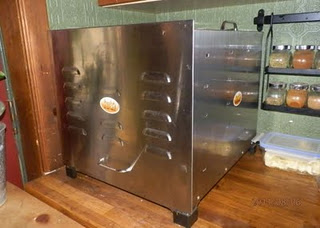
Drying Food
Foods to dry and how to use them in meal preparations:
Zucchini: Zucchini can be tried in a few ways. Slice your zucchini 1/8 inch thickness. These slices when fried are perfect in lasagna and other pasta dishes. Grating and drying zucchini is great in muffin mixes, loafs, stews and soups. Thinly sliced Zucchini chips dusted with Braggs or sea salt make a tasty snack. My kids will eat them out of the jar.
Tomatoes: All Tomatoes even a surplus cherry tomatoes are great for pasta sauces and pizza and chili. Larger tomatoes after frying make wonderful sun-dried tomatoes. Tried tomatoes can be used in soups, stews and pasta sauces, or right out of the jar for snacking on.
Cauliflower: Another perfect vegetable for drying and reusing later in soups and stews. Make sure you blanch you cauliflower before drying.
Potatoes: You can do so much with potatoes! Dry them in slices and you have potatoes ready to make scalloped potatoes. Cubed, they are great in stews and soup. Shredded, they make quick instant mashed potatoes.
Eggplant: Sliced 1/8” thickness, these are wonderful in lasagna. My kids don't always appreciate the squishy nature of cooked eggplant, but re hydrated in lasagna changes the texture and leaves it a little chewer if you don't add a ton of sauce. It's also good in hearty veggie stews.
Kale: Kale chips are a great snack! Blanch them and sprinkle Braggs or sea salt on them. Melt in your mouth green goodness. They can also be crumbled into soups, stews, over salads.
Carrots: Slice them 1/8” thick or dice them or shred them blanch before drying. Carrots are great in so many different recipes. I used my diced dehydrated carrots to add to my veggie soup mix which contains, dried beans, zucchini, carrots, onions, corn, celery, red peppers.
Peppers: Red, Green, Yellow. Slice 1/8” or dice them. Great in pasta sauces, soups and dips.
Corn: Blanch the corn on the cob. Remove the corn using a knife and dehydrate. Corn is great in stews, chilli, and soup.
Garlic: Sliced garlic is great for so many recipes, too numerous to mention. If you are lucky enough to have a large stash of garlic died you can turn it into garlic powder by simply using a coffee grinder.
Strawberries: Strawberries are great sliced and dried. Good in muffin and loaf recipes, added to hot cereals like oatmeal, quinoa or redriver cereal, or for snacking on. We make a lot of fruit leather, blend strawberries in a blender or Vitamix and pour onto parchment paper. After they are dried to a leathery texture I cut them up into long strips, roll them up and tuck them int mason jars.
I haven't purchased a vacuum sealer, but you can get an attachment for your mason jars that will remove air and create a tight seal, I've seen them for sale on Amazon.
Drying food is a great way to ensure you have high quality produce during the winter months when produce is limited and very expensive. Having you food in jars also ensures that if and when the power goes out you have a great supply of food that can be rehydrated by added them to a pot of boiling water, add some herbs and spices you have a meal ready in no time. We experience several days without power during the Ice Storm of 1998. I wish we had more put away back then. We relied on the freezer food we had put away, but after several days spoilage became an issue.
Preserving food is not just a practical way to have a wide selection of healthy organic foods readily available, it can become a hobby. I'll be writing more in future Hubs about drying foods, canning and offering some Frugal Tips that work in our home.
Cheers
Grace

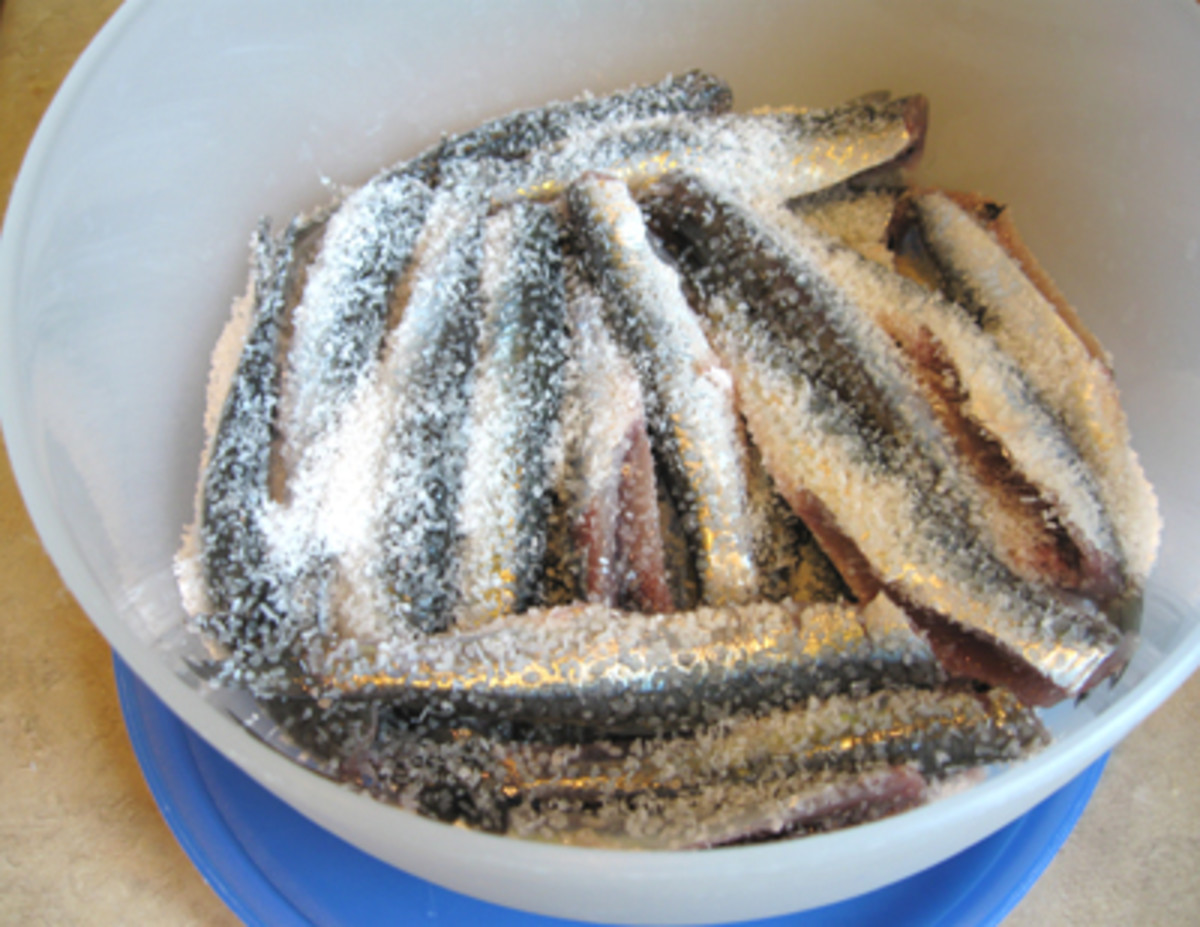
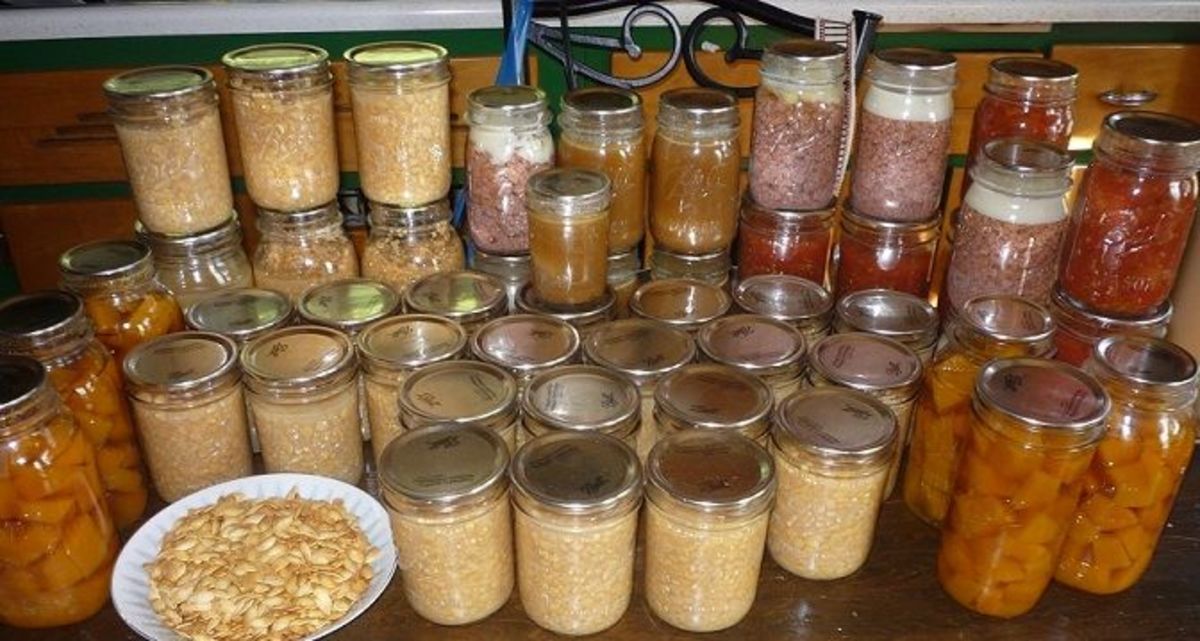


![These Companies Will Send You Free Stickers [#05] These Companies Will Send You Free Stickers [#05]](https://images.saymedia-content.com/.image/t_share/MTczODA2NTA0NDkzOTgzMzcx/stickers-free.png)
